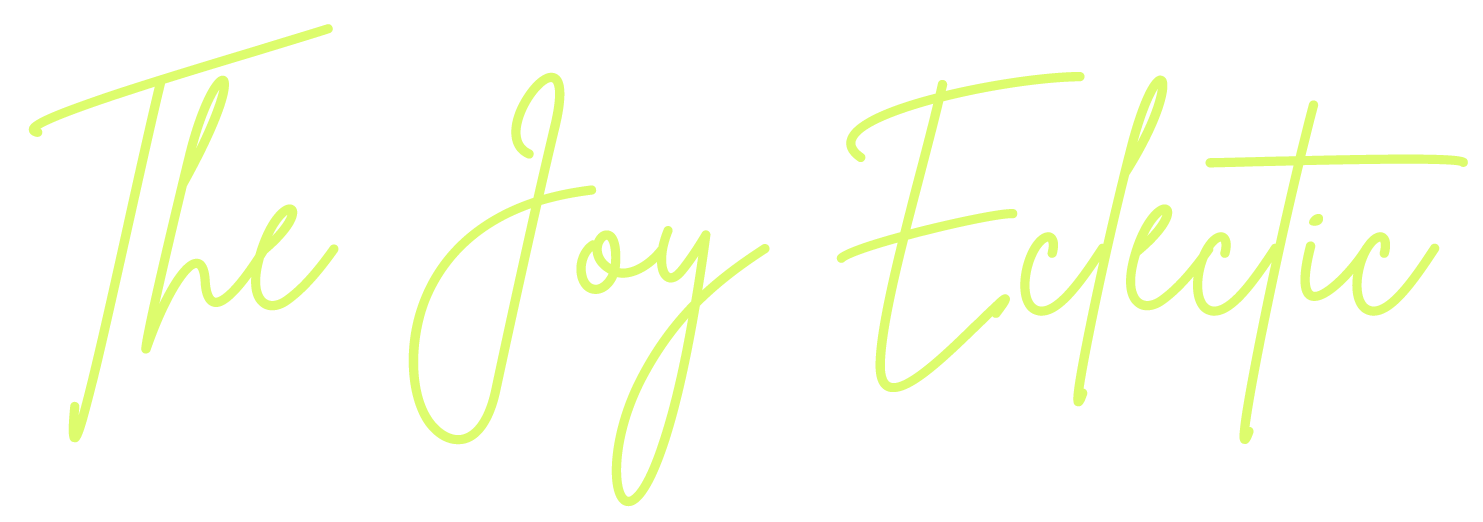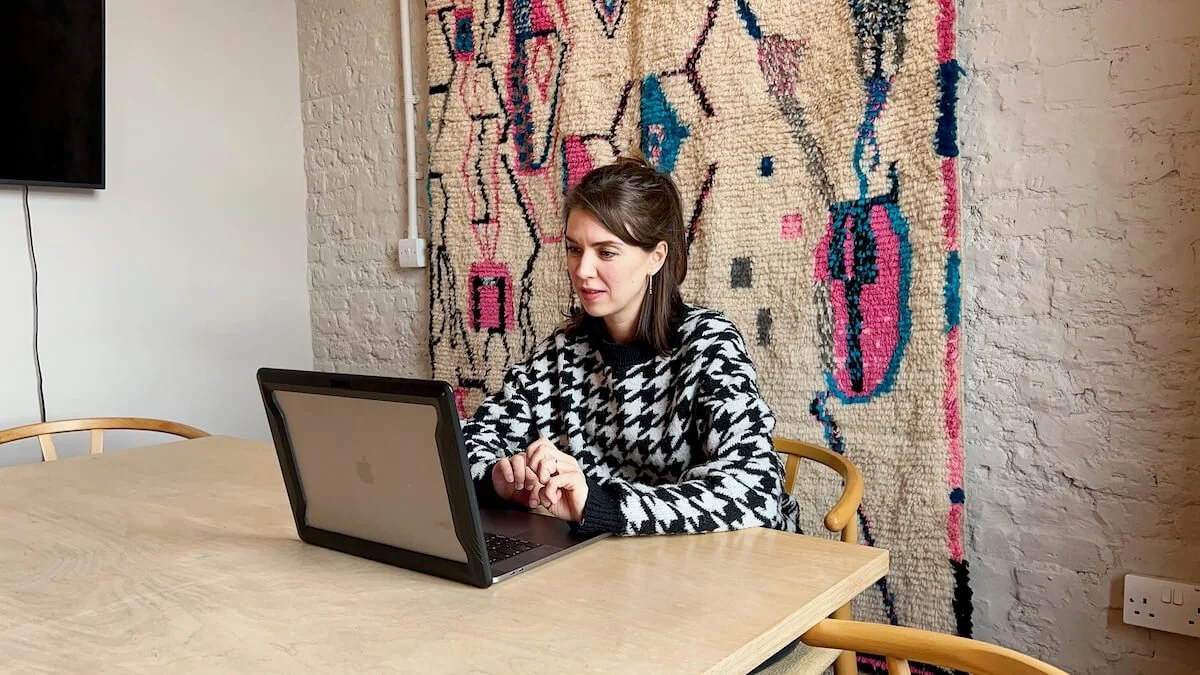the 7 stages of event design you can outsource or diy
If you’ve been tasked with delivering an event for your company there are various parts of the event planning and design journey you can outsource to professionals. OR you can tackle some of these parts yourself, depending on your experience/confidence levels.
In this post, I’ve broken down the main stages I undertake from start to finish to help you work out where you might need help.
1. Concept development
This is the very first element of your Event Design that needs to be nailed in order for everything to feel coherent. It’s important to gather all your project stakeholders, client briefs/stipulations and use these to develop the concept. I often use a well organised Pinterest board here to gather images and video which then gets refined and edited down into a moodboard & sampleboard - similar to an Interior design project.
2. Design & Layouts
In a nutshell - listing out exactly what you need, quantities, colours, and where all those ‘things' (furniture, props, builds, decor etc) are going to go in the space. This has to be done to scale and will help you think about guest flow and how any experiential elements will work in the space. Sketchup is great for working out Event Layouts, room changeovers and can great highly specific layouts for other suppliers coming into the venue for the first time too.
3. Research and sourcing
Although a basic level of research will be done in stage 1 and 2 to make sure everything suggested is appropriate for the budget, this is where the research gets super specific and exact suppliers and sources are found for all the items on the master list. Includes checking availability with hire companies plus things like delivery charges and logisitics for drop off and collection
4. logistics
This includes things like making sure things are delivered to the right place, on time and also setting up an on-the-day install plan which might need to co-ordinate multiple suppliers that have to install in a certain order. This will take into account get-in and out time set by the venue, where to unload, how everything will get into the space (e.g. we’ve had a few events that used a lift that didn’t reach the event floor and needed an access card etc etc!)
5. Installation
Event set up and installation is different to other industries and requires attention to detail combined with speed, efficiency and mentally holding everything that needs to be done at once, so nothing is left out or left unfinished. Sometimes these can last around 8 hours and can be really physically demanding so you need to be fit and focused!
Installation includes styling which often happens very much ‘on the fly’. You can plan what is going in every space on paper but placing, tweaking and arranging can only really happen in the 3D space!
6. De-rig
This requires less skill and experience as Installation so can often be done by the client or company that have booked us, but more often than not, companies want the ‘full package’ and don’t want to have to think about taking everything down so we come in and return the venue to exactly how it was before the event took place. Depending on the venue, hires can be packed up and collected during this de-rig period that normally happens the next morning after a late night finish.
7. post event admin, returns, budget reconciliation
People sometimes think as soon as the last guest has left then the event is over, but there are lots of little bits that need wrapping up in the days that follow. If hires couldn’t be collected in the de-rig period then this has to be organised for the following days, followed by making sure any damage deposits have been returned, finally making sure the budget has been fully updated and reconciled.
It is possible to break down the Event Design process in two - you could outsource your Concept Development, Design & Layouts and Sourcing then have a go at Installing yourself.
If you’d like to chat about help with ANY and ALL of these stages, hit CONTACT to get in touch.


